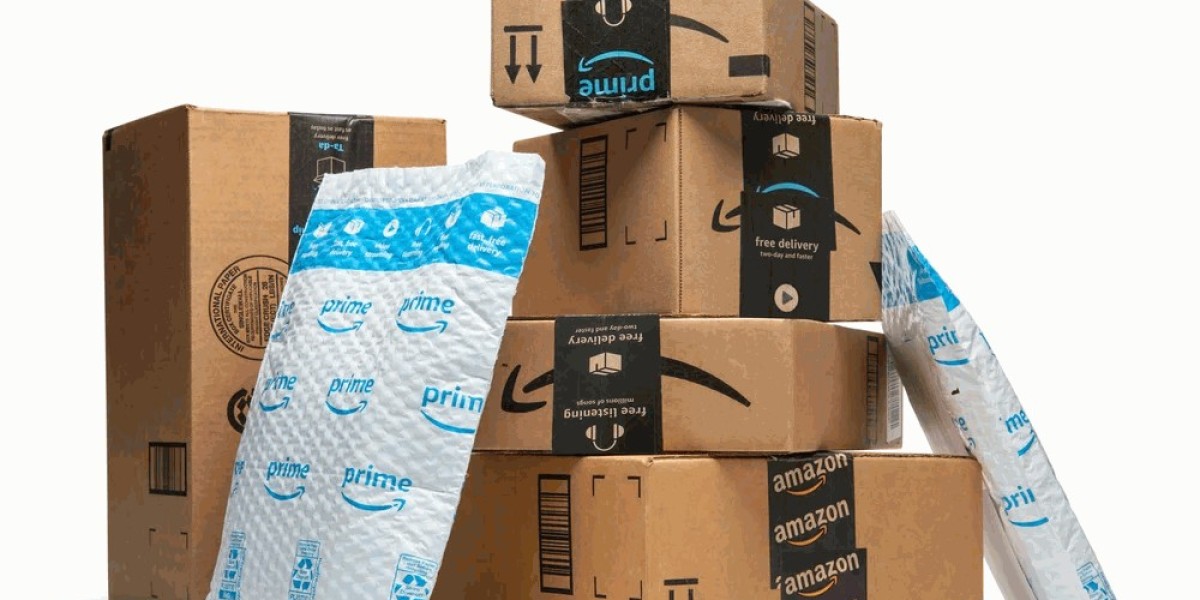Automation is transforming the corrugated box manufacturing industry, enhancing efficiency, productivity, and quality. As demand for corrugated packaging grows, manufacturers are increasingly adopting automated technologies to stay competitive. This guide explores how automation is revolutionizing the production of corrugated boxes and its impact on the industry.
The Role of Automation in Corrugated Box Manufacturing
Automation involves using advanced machinery and technology to perform tasks that traditionally required manual labor. In the context of corrugated box manufacturing, automation encompasses various processes, from material handling to final product assembly.
Key Benefits of Automation
Automation offers several significant advantages for corrugated box manufacturers:
- Increased Efficiency: Automated systems can operate continuously, reducing production times and increasing output.
- Consistency and Quality: Automation ensures uniformity in product dimensions and quality, minimizing defects and wastage.
- Cost Reduction: By reducing labor costs and material waste, automation can lead to significant cost savings.
- Enhanced Safety: Automated systems reduce the need for manual handling, minimizing the risk of workplace injuries.
- Scalability: Automation allows manufacturers to scale operations quickly to meet increasing demand.
Automated Processes in Corrugated Box Manufacturing
Several key processes in corrugated box manufacturing can be automated:
- Corrugating: Automated corrugators precisely form the fluted medium and bond it to linerboards, ensuring consistent quality.
- Cutting and Scoring: Computer-controlled cutting machines accurately cut and score corrugated sheets into desired shapes and sizes.
- Printing: Automated printing presses apply high-quality graphics and text to corrugated boxes, enhancing branding and product appeal.
- Folding and Gluing: Machines fold and glue the corrugated sheets into boxes, ensuring strong and precise assembly.
- Material Handling: Automated conveyors and robotic systems efficiently move materials through various stages of production.
- Quality Control: Automated inspection systems use sensors and cameras to detect defects and ensure product quality.
Technological Innovations Driving Automation
Several technological advancements are driving automation in the corrugated box manufacturing industry:
- Robotics: Robots handle tasks such as material loading, stacking, and palletizing, improving efficiency and accuracy.
- AI and Machine Learning: Artificial intelligence (AI) and machine learning algorithms optimize production processes and predictive maintenance.
- Internet of Things (IoT): IoT devices monitor machinery performance and environmental conditions in real-time, enabling proactive maintenance and reducing downtime.
- Computer-Aided Design (CAD): CAD software designs complex box structures, which automated machines can then produce accurately.
Challenges and Considerations
While automation offers numerous benefits, there are also challenges to consider:
- Initial Investment: The cost of implementing automated systems can be high, requiring significant capital investment.
- Training and Skill Development: Workers need to be trained to operate and maintain automated machinery, necessitating ongoing education and skill development.
- Integration: Integrating new technologies with existing systems can be complex and requires careful planning and execution.
- Maintenance: Automated systems require regular maintenance and updates to ensure optimal performance and longevity.
The Future of Automation in Corrugated Box Manufacturing
The future of automation in corrugated box manufacturing looks promising. Trends indicate increased adoption of advanced technologies such as AI, robotics, and IoT. These innovations will further enhance efficiency, quality, and sustainability in the industry. Additionally, automation will enable manufacturers to meet the growing demand for customized and eco-friendly packaging solutions.
Conclusion
Automation is revolutionizing the corrugated boxes manufacturing industry, offering numerous benefits such as increased efficiency, consistent quality, and cost savings. By embracing advanced technologies, manufacturers can stay competitive and meet the evolving needs of their customers. As the industry continues to innovate, automation will play an increasingly crucial role in shaping the future of corrugated box manufacturing.



